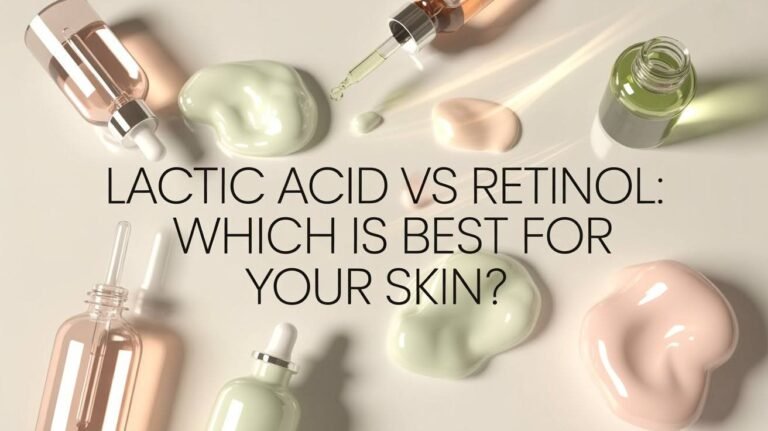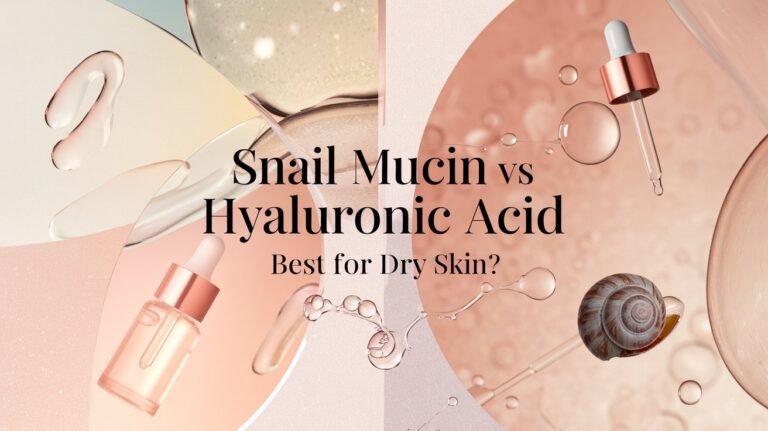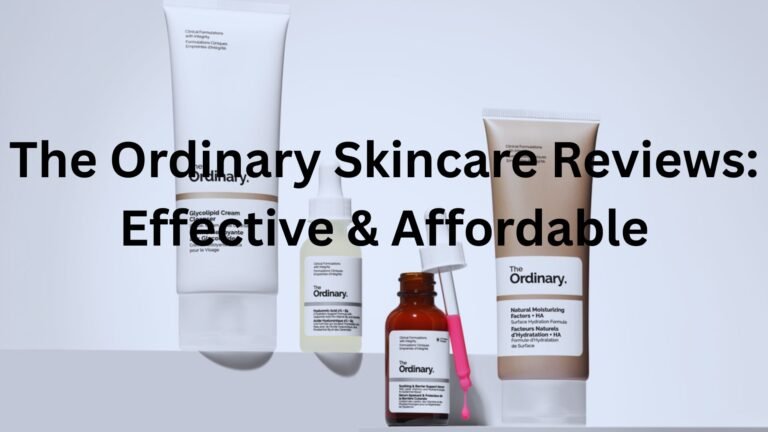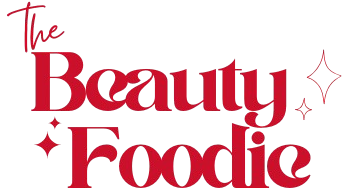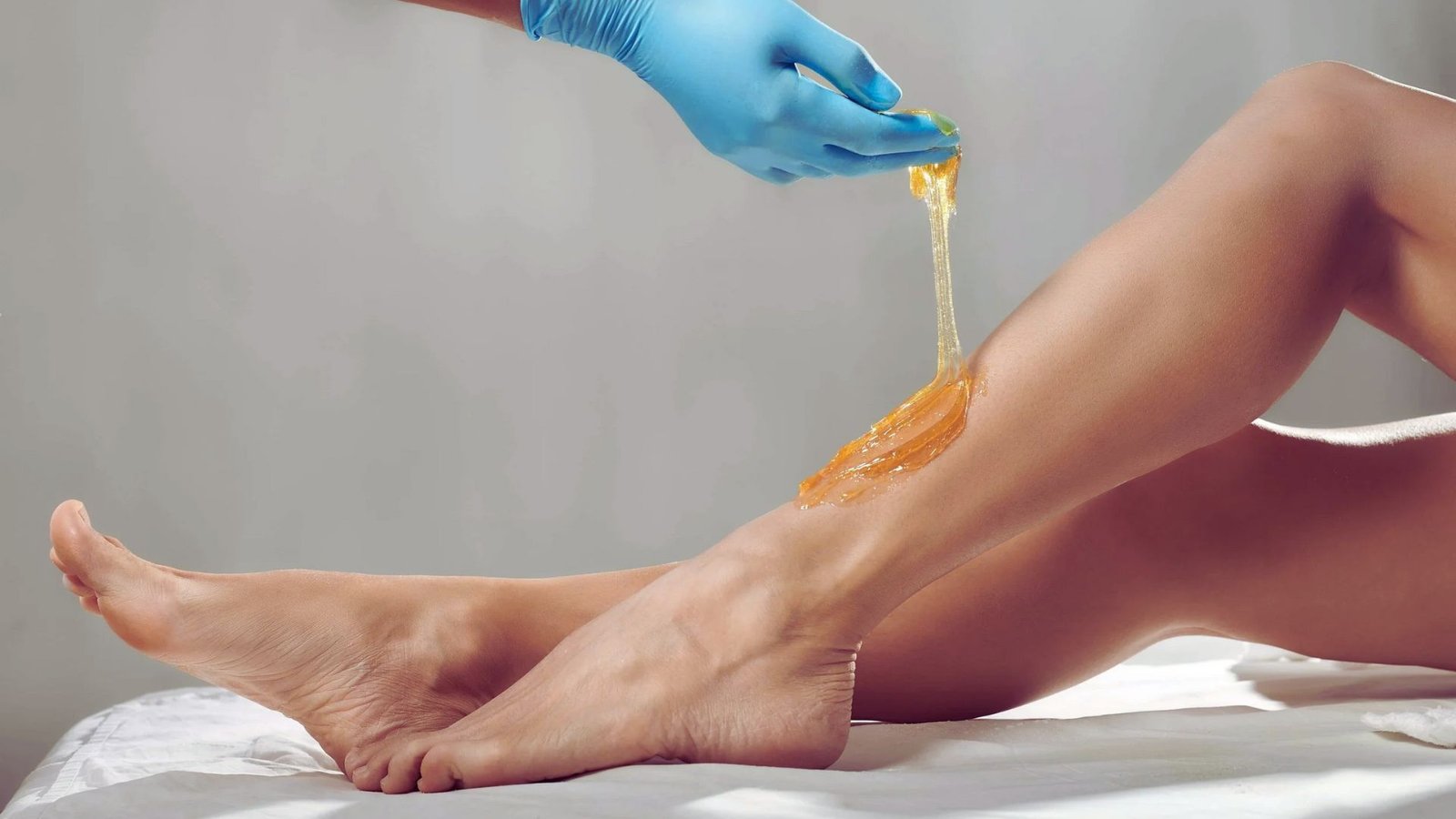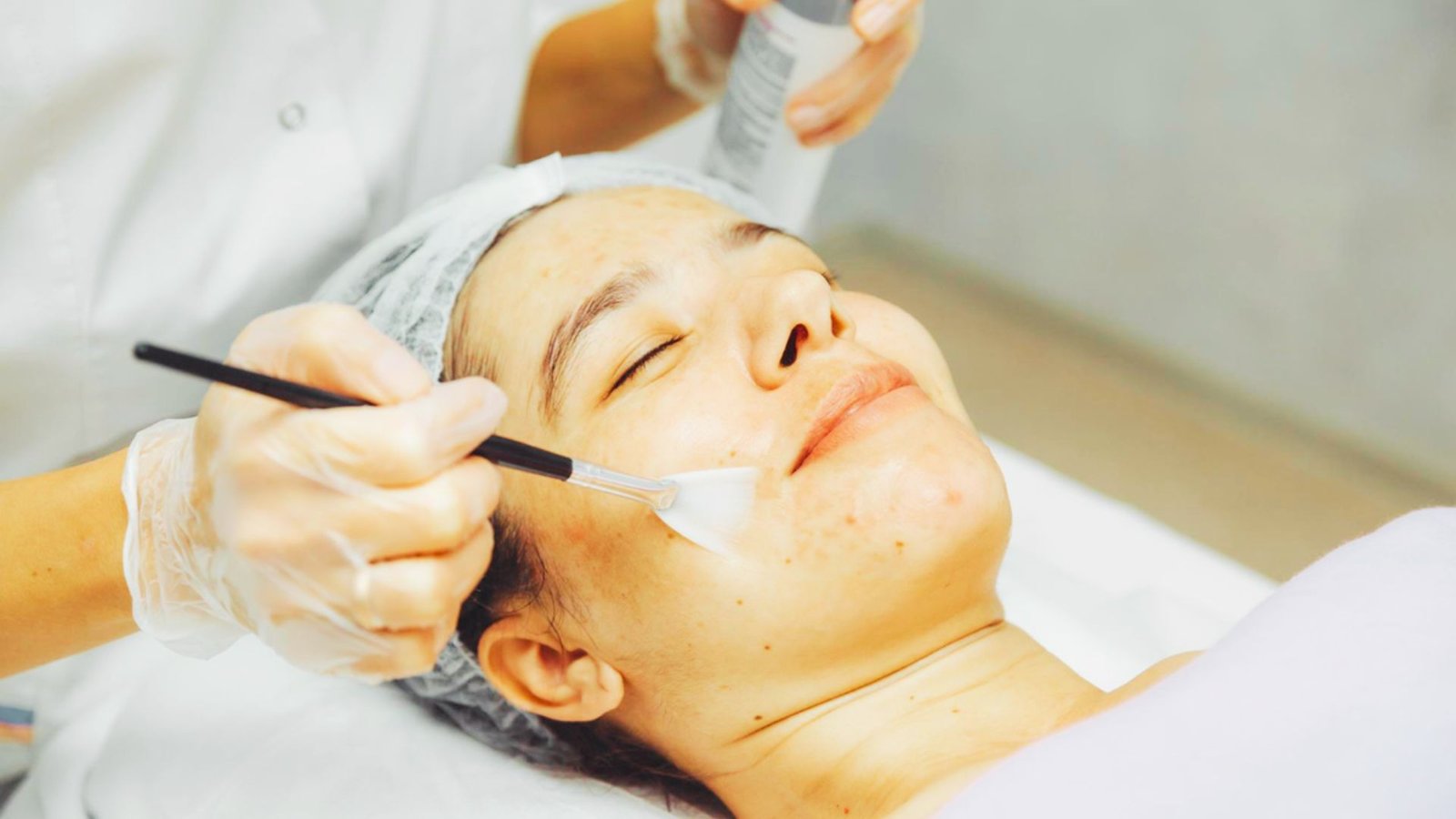7 Disadvantages of Facials You Should Know
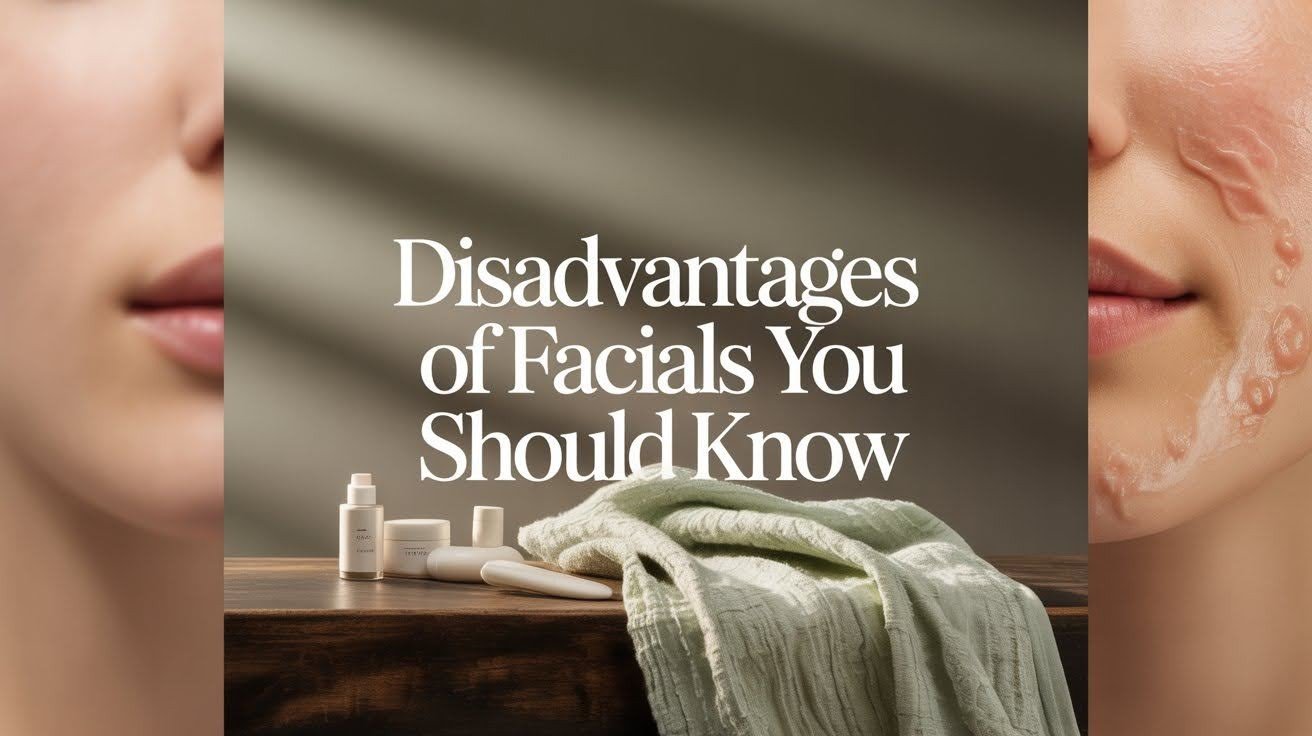
Facials have become one of the most popular professional skincare treatments, with millions of people booking appointments regularly to maintain healthy, glowing skin.
These spa and dermatology office treatments offer numerous potential benefits, including deep cleansing, exfoliation, hydration, and relaxation that many clients find valuable for both their skin and overall well-being.
However, like any skincare treatment, facials come with certain risks and limitations that aren’t always discussed during consultations.
Understanding these potential drawbacks is essential for making informed decisions about whether facials align with your skin goals, budget, and lifestyle needs.
Before booking your next facial appointment, consider these important disadvantages that could affect your experience, results, and skin health. Being aware of these factors helps you choose treatments wisely and set realistic expectations.
What Is a Facial and How Does It Work?

A facial is a professional skincare treatment performed by licensed estheticians that typically involves cleansing, steaming, exfoliation, extractions, mask application, and moisturizing.
The process aims to deep clean pores, remove dead skin cells, and nourish the skin through various techniques and professional-grade products.
Common facial types include basic hydrating treatments, deep-cleansing facials, chemical peels, microdermabrasion, and LED light therapy.
Each targets specific concerns using different tools and methods, from manual extractions to technology-based treatments requiring specialized training.
Matching treatments to your skin type is crucial, as inappropriate techniques can worsen conditions or create new problems.
Oily skin may benefit from deep cleansing treatments, while sensitive skin requires gentler approaches with soothing ingredients. A skilled esthetician should customize treatments accordingly, though this doesn’t always happen consistently.
List of 7 Disadvantages of Facials
Potential risks and drawbacks of professional facial treatments that clients should consider before booking their next spa appointment.
1. Risk of Allergic Reactions

Common Triggers in Facial Products
Facial products often contain potential allergens including fragrances, essential oils, chemical exfoliants like glycolic or salicylic acid, and various preservatives that can trigger reactions in sensitive individuals.
Even products marketed as “natural” or “organic” can cause allergic responses, as natural ingredients like lavender, tea tree oil, or citrus extracts are common irritants for many people.
How to Reduce the Risk
Request a patch test 24-48 hours before your facial to identify potential allergic reactions, or specifically ask for hypoallergenic, fragrance-free formulas during your treatment.
Inform your esthetician about any known allergies or previous reactions to skincare ingredients before beginning the facial process.
2. Post-Facial Breakouts

Causes of Breakouts After a Facial
Breakouts following facials can result from bacteria introduced through improperly sanitized tools, product overload that clogs pores, or skin purging as treatments bring existing congestion to the surface.
Heavy moisturizers or oils used during treatment may also be comedogenic for acne-prone skin types.
Preventive Measures
Ensure all tools are opened from sterile packaging in front of you and that your esthetician uses proper sanitation procedures throughout the treatment.
Choose facials specifically designed for acne-prone skin that avoid pore-clogging ingredients and focus on gentle, non-comedogenic products.
3. Scarring from Improper Extractions

Why Extractions Can Be Harmful
Aggressive extraction techniques can tear delicate skin tissue, damage pore walls, or push bacteria deeper into the skin, potentially leading to permanent scarring or enlarged pores.
Improper tool use or excessive pressure during extractions poses significant risks to skin integrity.
How to Protect Your Skin
Only allow properly trained, licensed professionals to perform extractions, and avoid this service altogether if you have a history of easy scarring or keloid formation. Consider requesting extractions be skipped from your facial if you’re concerned about potential damage.
4. Redness, Itching, and Irritation

Common Short-Term Side Effects
Facial treatments often cause temporary inflammation, redness, and itching due to exfoliation, chemical peels, or steam exposure that can persist for several hours or days.
Heat sensitivity and product reactions may also manifest as burning sensations or visible irritation immediately following treatment.
Recovery Tips
Avoid wearing makeup for 24-48 hours after your facial to allow skin to recover naturally, and apply a cooling, fragrance-free moisturizer to soothe irritation. Use gentle, minimal skincare products during the recovery period to prevent further aggravation.
5. Excessive Dryness After Treatment

Why Facials Can Strip Your Skin
Over-exfoliation through aggressive scrubbing, chemical peels, or multiple exfoliating steps can strip away the skin’s natural protective barrier, leading to excessive dryness and increased sensitivity.
Strong chemical ingredients used in professional treatments can be more drying than anticipated.
How to Rehydrate Effectively
Apply a gentle, hydrating moisturizer immediately after treatment and continue using rich, barrier-repairing products for several days following your facial.
Avoid sun exposure for at least 48 hours, as freshly exfoliated skin is more vulnerable to UV damage and further dryness.
6. Risk of Infection from Unsanitary Practices

High-Risk Procedures Like Microneedling
Treatments involving skin penetration, such as microneedling or extractions, carry risks of bloodborne pathogen transmission including HIV and hepatitis if tools aren’t properly sterilized.
Poorly sanitized equipment can also introduce bacterial infections that may require medical treatment.
What to Look For in a Safe Spa
Ensure all tools are opened from sterile packaging directly in front of you, and verify that your esthetician wears fresh gloves and follows proper sanitation procedures throughout the treatment.
The facility should maintain clean treatment rooms and follow established health department guidelines.
7. Not All Skin Types Benefit from Facials

When Facials Can Make Things Worse
Individuals with rosacea, eczema, very sensitive skin, or active breakouts may experience worsening symptoms from facial treatments that involve heat, pressure, or active ingredients.
Broken or compromised skin barriers are particularly vulnerable to irritation from professional treatments.
How to Choose the Right Treatment
Schedule a thorough consultation before booking any facial to discuss your skin concerns and sensitivity levels with a qualified professional.
Avoid harsh treatments like chemical peels or aggressive extractions if your skin tends to be reactive, and consider gentler alternatives instead.
How to Minimize Facial Side Effects
Essential pre-treatment and post-facial care tips to reduce irritation, prevent complications, and ensure optimal healing and results.
Before Your Facial
- Avoid harsh treatments – Stop using retinoids, chemical exfoliants, or harsh skincare treatments 48-72 hours before your appointment to prevent excessive irritation when combined with professional procedures.
- Communicate with your esthetician – Provide detailed information about allergies, skin sensitivities, current medications, or previous adverse reactions to help them select appropriate products and avoid triggering ingredients.
Aftercare Best Practices
- Use gentle products – Apply only fragrance-free, calming skincare products for 24-48 hours after treatment, focusing on basic cleansing and moisturizing while avoiding active ingredients that could irritate freshly treated skin.
- Protect from sun and makeup – Stay out of direct sunlight and avoid heavy makeup for 24-48 hours, as treated skin is more vulnerable to UV damage and cosmetic irritation during the healing period.
Final Thoughts
Understanding the seven major disadvantages of facials – allergic reactions, post-treatment breakouts, scarring from improper extractions, irritation and redness, excessive dryness, infection risks, and incompatibility with certain skin types – helps you make informed decisions about professional skincare treatments.
These potential drawbacks don’t mean facials are inherently bad, but rather that they require careful consideration and proper execution.
Choosing the right facial for your specific skin type and concerns is crucial for minimizing risks while maximizing benefits. What works well for one person may cause problems for another, making personalized treatment selection essential for positive outcomes.
Before booking any facial treatment, schedule a consultation with a trusted, licensed skincare professional who can evaluate your skin, discuss your concerns, and recommend appropriate treatments that align with your skin’s needs and sensitivity levels.
FrequentLY Asked Questions
Can facials cause permanent damage to my skin?
Yes, improper extractions or aggressive treatments can potentially cause scarring, enlarged pores, or permanent pigmentation changes, especially on sensitive skin. Always choose experienced, licensed professionals and avoid facials if you have a history of easy scarring or keloid formation.
How long do facial side effects typically last?
Most common side effects like redness, irritation, and mild peeling resolve within 24-48 hours after treatment. However, more severe reactions from chemical peels or aggressive procedures may take up to a week to fully heal.
Should I avoid facials if I have sensitive skin?
People with very sensitive skin, rosacea, eczema, or active breakouts should be cautious with facials, as these conditions can worsen with professional treatments. Consult with a dermatologist first and choose gentle, customized treatments if you decide to proceed.
Are expensive spa facials safer than budget options?
Price doesn’t always guarantee safety – what matters most is proper sanitation, licensed professionals, and quality products regardless of cost. Research the facility’s reputation, cleanliness standards, and staff credentials rather than focusing solely on price point.
How can I tell if a facial reaction is normal or serious?
Normal reactions include mild redness and slight sensitivity that improves within 1-2 days, while serious reactions involve severe burning, spreading rash, or symptoms that worsen over time. Contact a healthcare provider immediately if you experience intense pain, fever, or signs of infection.


